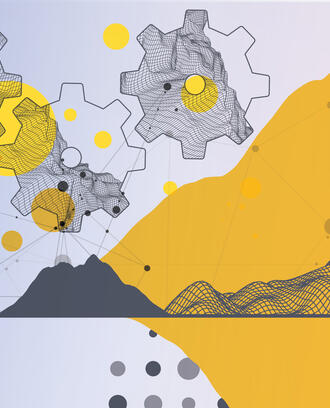Ideas Made to Matter
Diversity
Solving diversity’s branding problem
Diversity has a branding problem.
So said MIT Sloan assistant professor of marketing Renée Richardson Gosline, keynote speaker at the 2015 MIT Diversity Summit, challenging future leaders to change the stigma around diversity and contribute to a climate of inclusion.
“I look at how we make decisions, and how those decisions are affected by labels and the names we encounter every day,” Gosline said. “A lot of times when you mention diversity, you get a couple of reactions. Either the glazed over look or people are paying close attention.”
“When you get the glazed over look, you’re not reaching your potential audience,” she said. “When people are paying close attention, it’s usually because you’re preaching to the choir. They’re the low-hanging fruit and the people who get it already.”
Gosline’s Feb. 12 address was part of the annual summit developed by the Institute Community and Equity Office, with participation from MIT leadership. As keynote speaker, she applied her background in marketing to the goals of diversity and inclusiveness. The psychological factors at play in how we choose and judge consumer products, she said, are also evident in how we interact with each other, and in our sense of self.
Much of Gosline’s talk concerned cognitive associations and heuristics—the shortcuts provided by the subconscious in decision-making and assessing information that is often at the root of bias. She proposed a four-step plan for mindful leadership, saying the road to inclusiveness is about becoming conscious of the heuristics at play, identifying them, and working to address them.
The plan includes setting goals, being cognizant of your tone and personal impact, harnessing the power of the narrative, and learning to be resilient, recognizing that everyone makes mistakes.
“Diversity and inclusion only works if you in your authentic self is at the core of the message that you share with others, and that you respect and appreciate people’s own authentic selves,” Gosline said. “To be your best leader you can be is not about being fake, it’s not about us all looking or acting alike. Rather, it’s about thinking mindfully and deliberately about how you want to affect the world every minute of the day.”
At MIT, Gosline called for diversity and goals of inclusion to be incorporated throughout all activities, just as ethics education is incorporated in all curriculums rather than as a separate course.
Parallels with consumer research
As a professor of marketing, Gosline focuses on the relationship between social networks and consumer brand relationships and sees strong parallels in how we process information about products and information about each other. Wine drinkers, for example, rate wine quality much higher when the bottle carries a French label, regardless of what’s in the bottle.
But on a human scale, biases impact opportunity dramatically. Research has shown résumés with names that “sound” African American receive less interest from employers; identical descriptions of a fictional entrepreneur elicit negative words and perceptions when the subject is named “Heidi” instead of “Howard.”
Expectations of values and roles can impact not only one’s perception of others, but also how people perceive themselves, Gosline said. She mentioned the famous “Doll Test” that played a role in Brown v. Board of Education of Topeka, the landmark Supreme Court case that ended school segregation. That test provided evidence of segregation’s damage when black children selected white-skinned dolls over black ones as having positive attributes like “good,” “smart” and “pretty.” And women, by and large, do not apply for a promotion unless they meet 100 percent of the listed qualifications, she said. Men will more often apply having met only 60 percent of qualifications, she said.
“Confidence is important to competence,” Gosline said. “When we think about a meritocracy, it’s shortsighted to simply think about performance. Rather, we need to think about what we do to get people to perform at their highest level. Inclusivity leads to performance.”



